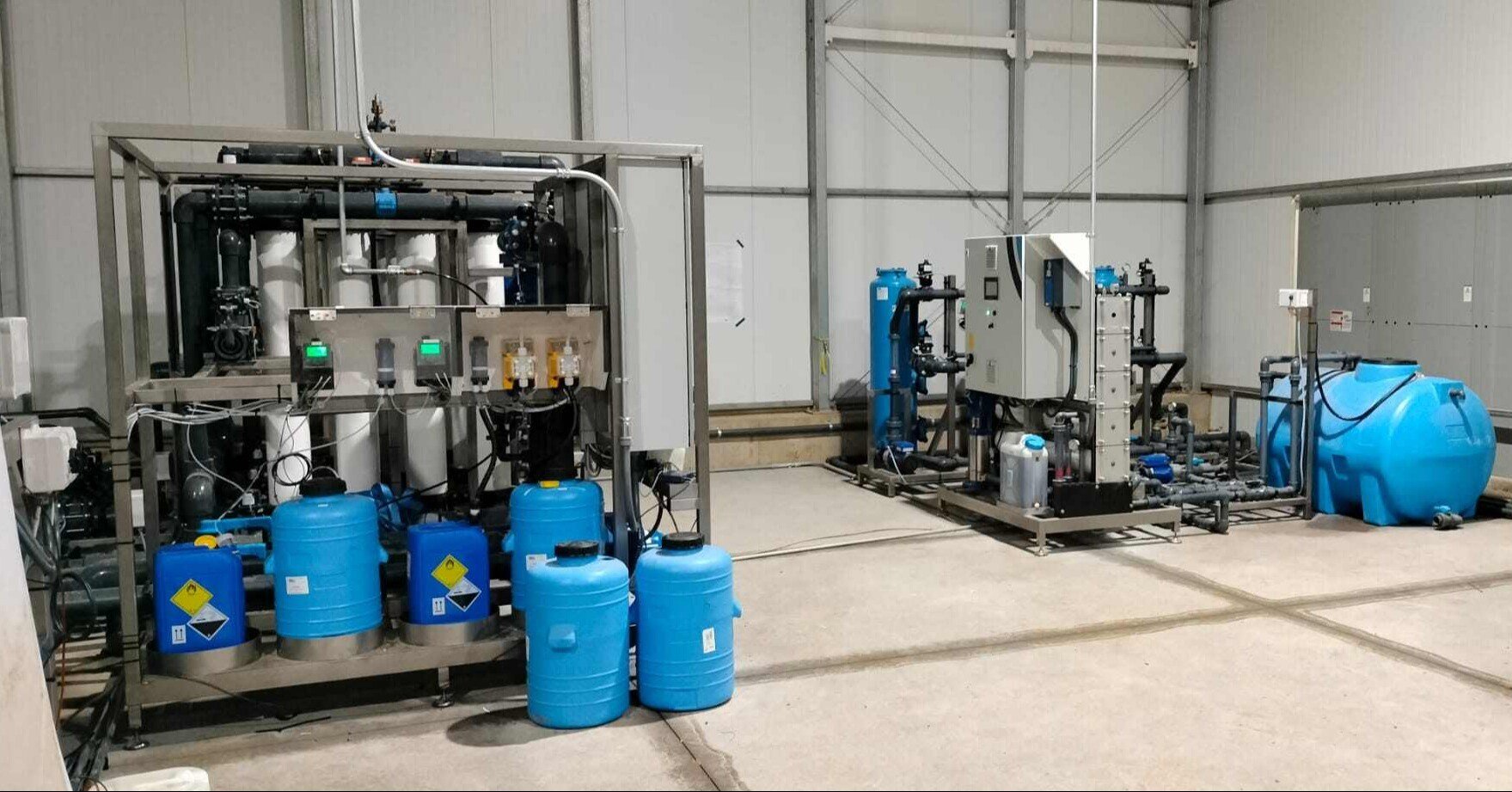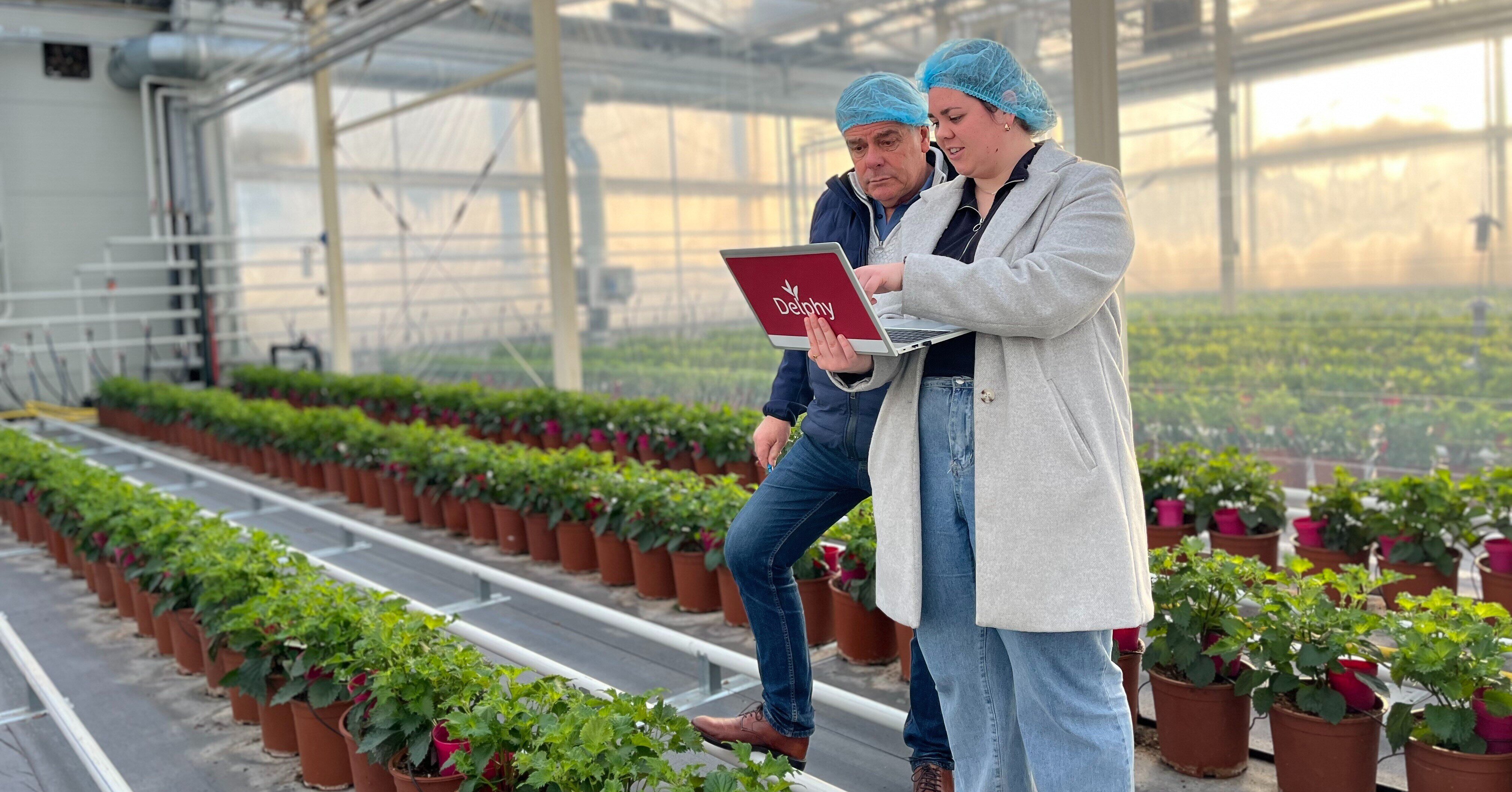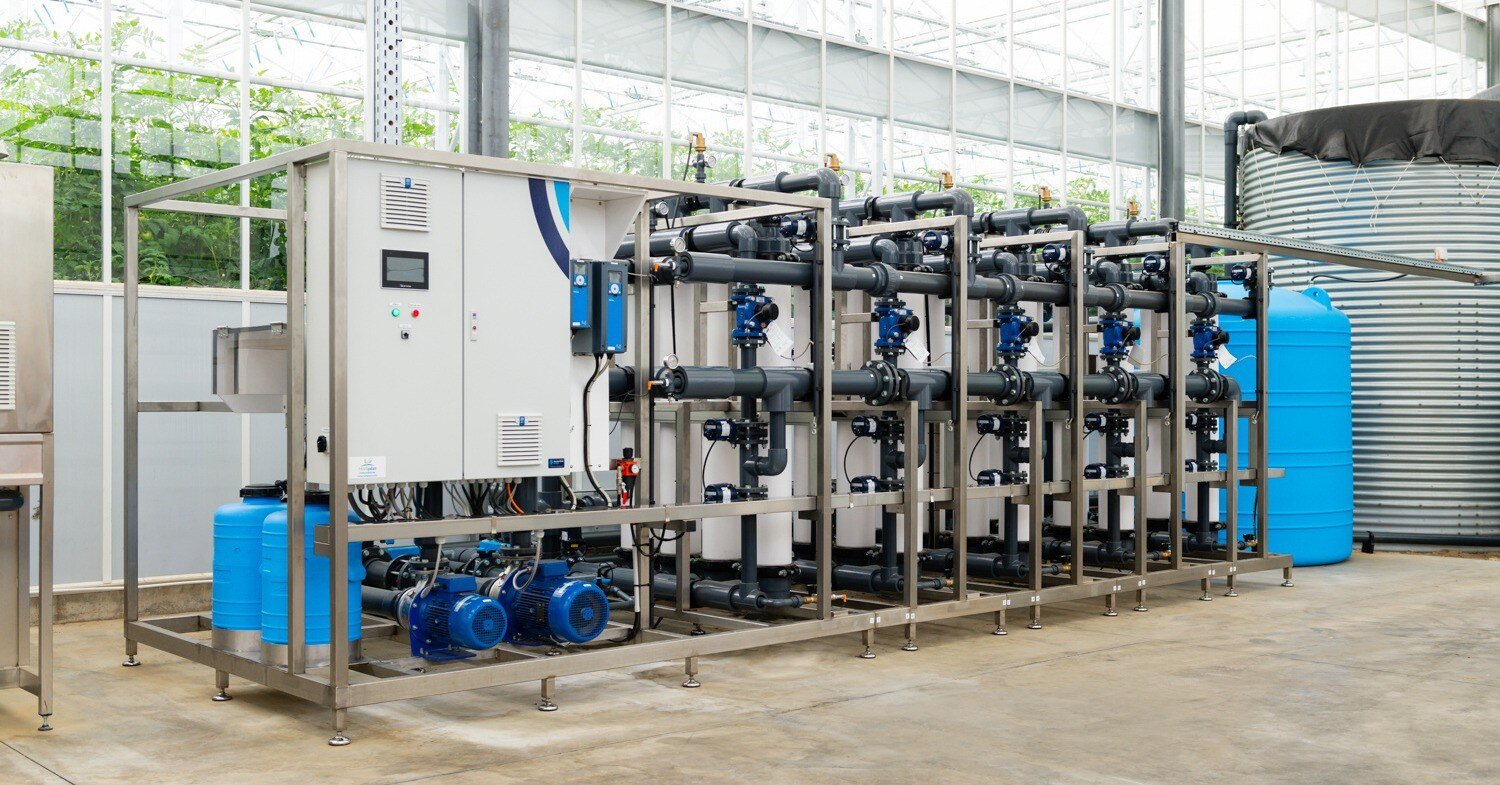- Prefer direct contact? +31 (0)79 593 38 00
- Language: English
What are the benefits of sustainable growing for the grower?
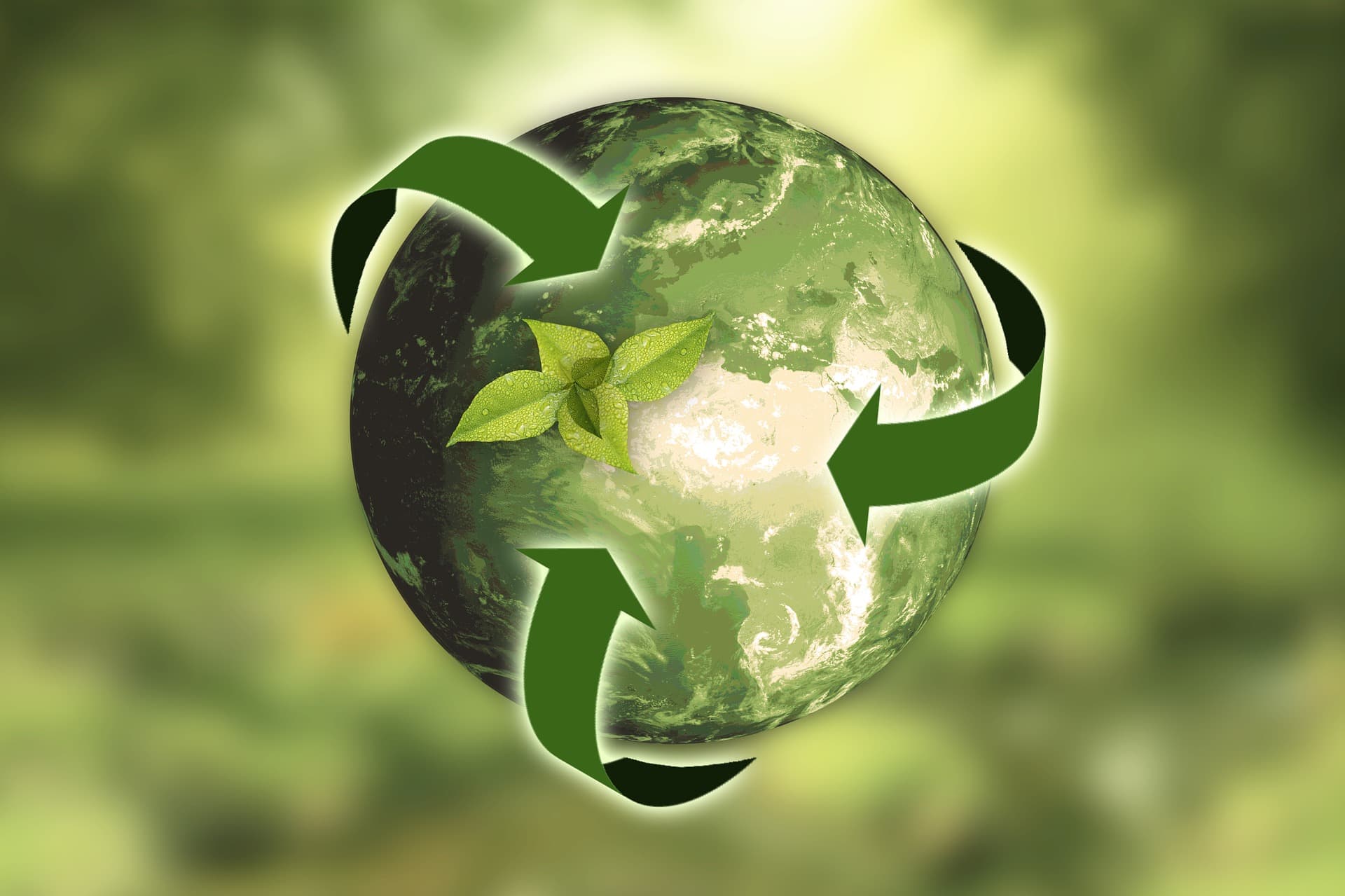
What are the benefits of sustainable growing for the grower?
Mar 1, 2022 3:00:00 PM
We see many opportunities for sustainable cultivation. For years, our developments have kept us ahead of legislation, and we can take plenty of time to test our innovations. It results in more resilient and vital plants, and therefore more profit! We will describe 5 different benefits of sustainable cultivation.
1. More vital and beautiful crop
A plant desires the right natural growing conditions. With sustainable growing, you try to imitate that by finding the proper water, energy and nutrient balance. The book ‘Plant Empowerment’ tells more about the importance of these balances. ( described by ir. P.A.M Geelen, ir. J.O. Voogt and ing. P.A.M. van Weel).
How do you create the right growing conditions? Through a combination of natural crop protection agents, the right floor, ventilation, lighting and other elements that influence the microclimate. With the right microclimate, a better plant grows, which is also better protected against diseases. This leads to less failure, a nicer plant, a uniform crop, fewer pesticides, and ultimately more yield.
2. Cost savings and increased yields.
Growers will eventually save costs with sustainable growing. The payback time, of course, depends on the type of investment. Reusing directly affects the purchase costs, or it makes money by selling these raw materials. Fertilizers and water can be reused directly. However, this often requires a large investment. Growers also save on fuel and other forms of energy. At ErfGoed, we include these savings in our calculation model for growers.
3. Certainty for the long term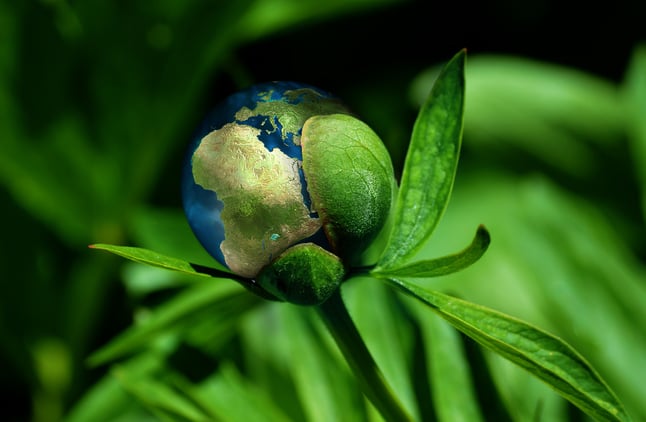
Banks are more willing to give credit to companies that have chosen sustainable business practices, suppliers are making more and more sustainable demands, and consumers are becoming more critical. These trends are not going reverse. That means we have to change. Otherwise, we will no longer be able to sell our products in the long term market, or we will have problems financing the expansion of the nursery. In short: sustainable growing provides us with a future-proof business.
"Rabobank (a Dutch bank) has made sustainability part of its lending policy because it is important for the long-term survival of businesses. To test whether businesses and their investments meet certain sustainability criteria, we use a sector-specific sustainability matrix for each agricultural and horticultural sector."
Besides the fact that banks will more readily grant credit to growers who work sustainably,
Adriaan (Director Domestic Production Florensis) believes that growers must change because of the continuity of their business: "It is a must, we must change. Soon the market will suddenly change, and then we will be forced to become more sustainable. We want to get ahead of this so that we have enough time to learn."
4. Good image for customers, employees and other stakeholders
Responsibly dealing with sustainability issues in the world usually results in a good name in the market. Rens van Antwerpen (Optiflor): "We have consciously started to become more sustainable because the market demands it. You want consumers to continue buying your plants. Then you have to change. Otherwise, it will be at the expense of your image. And ultimately consumers will be less likely to buy your products".
Florensis also feels a responsibility to the market. "We are a big company and therefore have a big responsibility. We are aware of that, and that is why we also want to become more sustainable."
Corporate responsibility also contributes to a positive image and feeling among (future) employees. This also makes your company more attractive as an employer (source: magazine Svensson year 10 issue 15). If a company has a good reputation, a bank will be more inclined to give credit. This, in turn, is, of course, good for future investments. So a good image has all kinds of positive side effects.
5. New products & new markets.
When growers look at waste with different eyes, new opportunities could arise. It will cost you research funds, but it will ultimately provide additional income and reduce waste costs.
For example, there are initiatives to use plant waste for other products, such as cotton. As seen in the media (see message): "In a study by VARTA laboratory, twenty major ornamental plant crops were examined, particularly the plant contents. This led to several new products, such as different types of flower paper, which can then be used by the company itself or by the sector.
Fibers were collected from different growers for this purpose, and paper was made. The published report was printed on a type of paper made up of 20% residual streams of different flowers; the origin of the document can still be smelt in the paper. A consortium is working on the further development of this product."
More information? Download our brochure.

Hugo Paans
CEO


